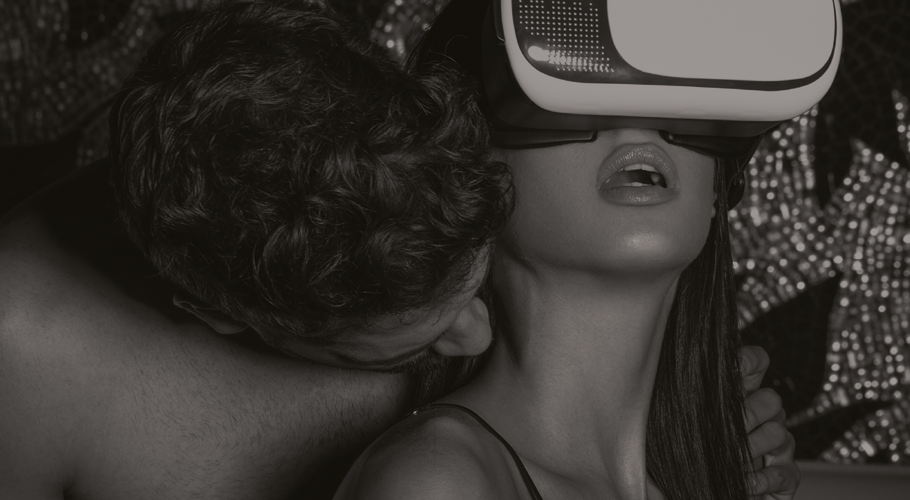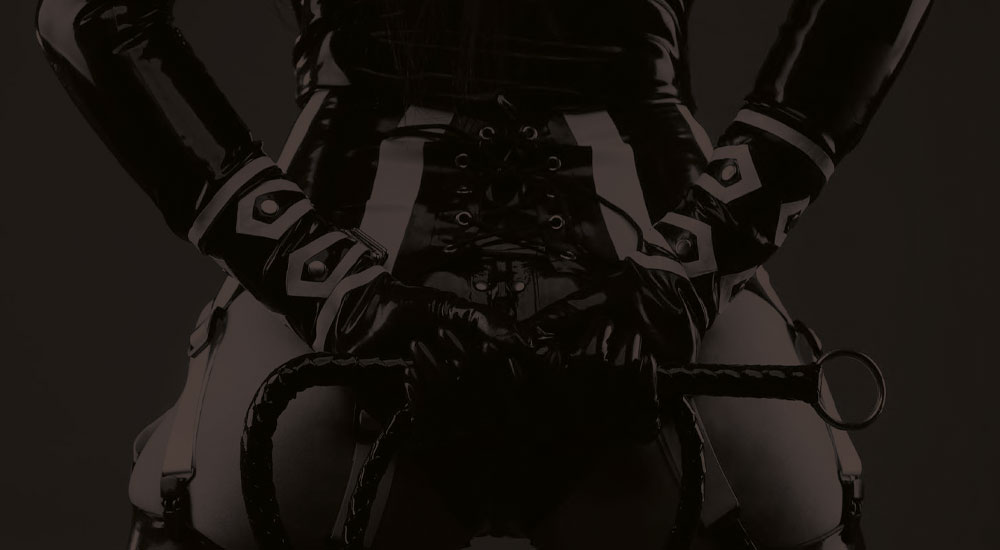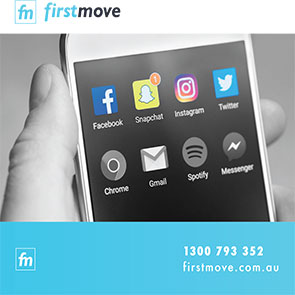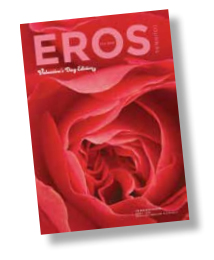By Rachel Payne
SEXTECH. What is it? How is it created? And who is involved? These were some of the first questions that I had when I initially heard of this new term. Are we simply in the realm of yet another buzzword or is this actually a movement – something I should be paying attention to? Well, I just had to investigate it and here’s what I found.
Sex and technology, or more broadly speaking the sex industry and technology have always been good bedfellows. From ancient stone dildos, to the creation of sex dolls (see Miss Smut Button’s historical article) to phone apps that allow you to remotely activate your partner’s pleasure product from across the globe, to the culture of online dating – sex has always been a big motivator of new technology, and the combination is big business.
As Wikipedia describes:
Sex technology, also called Sextech, is technology, and technology-driven ventures, designed to enhance, innovate and disrupt in every area of human sexuality and human sexual experience.
We are beginning to see the tech industry initiate a business hook-up with the sex industry that will capture all we know about sex and then add a level of advancement that we didn’t even realise we needed or even wanted.
In the world of sex, technology is blurring the lines between fantasy and reality, and we now even have the option to pay for things with currency that is not issued by the reserve bank – cryptocurrency (intimate is an adults-industry cryptocurrency that launched this year). Essentially, you can bet your bottom dollar (or crypto token) that if it is technical, then the sex industry has probably already invented it or tried it.
With new technologies comes new ways of doing things, particularly when it comes to the consumption of adult goods and services. Online purchasing has exploded and there are as many online ‘stores’ as there are bricks and mortar ones – allowing consumers more options of when, where and how they buy. Sex dolls have become more life-like and ‘real’ with the invent of robotics, and new ways of filming and producing porn have seen virtual reality add a new dimension to the adult film industry. And this is just the tip of the iceberg when we look at emerging sex-technologies.
As Future of Sex creator Bryony Cole describes, Sextech is ‘any technology designed to enhance sexuality’ and moves well beyond the realms of virtual reality and sex dolls. Australian-born Cole is the brainchild behind Australia’s first ever Sextech Hackathon. A hackathon is an intensive session where people come together to solve problems using technology. The concept behind hosting a hackathon was to encourage people to come forward with new and innovative ways to use technology to deliver sex education, products and services for sexual health and wellness, as well as apps (usually on your phone) that encompassed everything from dating technologies to an ability to screen for STIs or report assaults. So much more than just sex dolls and VR-porn when we look at sextech as a whole industry!
As Cole describes, the aim of the hackathon is to ask: ‘How can we introduce people to this industry, look at different challenges that can be solved with technology and start to show people that you can make a viable career in this industry?’
And the predictions are it is to be a big industry – 20 Billion Dollars by 2020.
“Technology is moving so far ahead, and we’re so far behind in our conversations about sex in terms of basic stuff like education, that if we don’t catch up the scary thing is technology could take the reins and take a direction we don’t want it to – so it’s critical we start having these conversations” – Bryony Cole
So what happens at a Sextech Hackathon? Hosted at the Academy Xi Sydney (The School of the Future), I went along to the opening night of the three-day event to get my head around what all the fuss was about. To my surprise, for the majority of participants this was their first time in delving into the adult industry. I found myself thinking that some of the ideas were genius, while some were so ill-informed (particularly around the sex and/or adult industry) that I found myself rolling my eyes at a hipster-ponytail-plaid-wearing-tech-head talking about how he was going to revolutionise porn to be more ‘real and less harmful’.
Once I moved past the naivety of some, I was really impressed by the dialogue that was being facilitated to create new ideas. Guest speakers included US-based Polly Rodriguez, who’s personal battle with cancer at 21 (and subsequently menopause) resulted in her creating a sexual wellness and sex toy service Unbound. Polly was able to emphasise how her own personal experiences as a young woman who was going through cancer treatment and menopause highlighted that there is a need for a diverse market when your thinking about sexual wellness and pleasure. Other international speakers included sexologist and digital anthropologist Mal Harrison (USA) who was able to provide some industry insight, including her research into the internal clitoris, and French social entrepreneur Aurelie Salvaire who discussed the limitations of sex education internationally, particularly for women in (sexually) conservative countries, and how technology may be able to help overcome this.
Over to the Australian representatives, Victoria Cullen provided a very entertaining insight into being a proactive creator, and her experiences of pitching ideas. It must have worked as Victoria co-founded the world’s first academic sex toy design course at RMIT University, as well as helps prostate cancer patients recover and optimise their sexual potential as a sexual function expert.
Sas in the City’s eCommerce Manager Natalie Shortt provided industry insight into sex toys and the evolving pleasure product market, as well as the need for further education on sex and pleasure.
And finally Ya’el Frisch from NCOSS set a great challenge: How can we make sex education and sexual expression more accessible for the 1 million Australians with disability?
Ya’el’ question highlighted where technology could make accessibility less problematic.
That is, an independent life includes personal agency over sexuality, and yet often people with a disability are excluded from or do not have access to sex education and access to sexual expression.
It was evident by the conversations being facilitated that the underlying theme (of the hackathon) was how can we use technology to make sex and pleasure more inclusive and accessible.
So how did the organisers facilitate creation? Fourteen teams were given three problem statements to consider: How can we provide access to sexual expression for people with disabilities? How can we reinvent sex education for teenage girls; and how can we make condoms cool?
And the results were pretty interesting and thoughtful. The winner was AudioVibe – a voice-controlled sex device for people with physical disability. The device is designed to provide autonomy, accessibility and visibility to the disabled whilst remaining compatible with future products including integrated virtual reality.
Another great idea was Grip – a concept for textured condoms to help users easily and quickly understand which side of the condom has the tip so that it can be put on correctly in the shortest amount of time. Less distraction more action.
I was pleased to see a diversity of proposals being put forward by these budding tech wizards and it has made me excited for the future. I used to think future technology would mean robot maids cleaning my house, now I’ve got other ideas!























